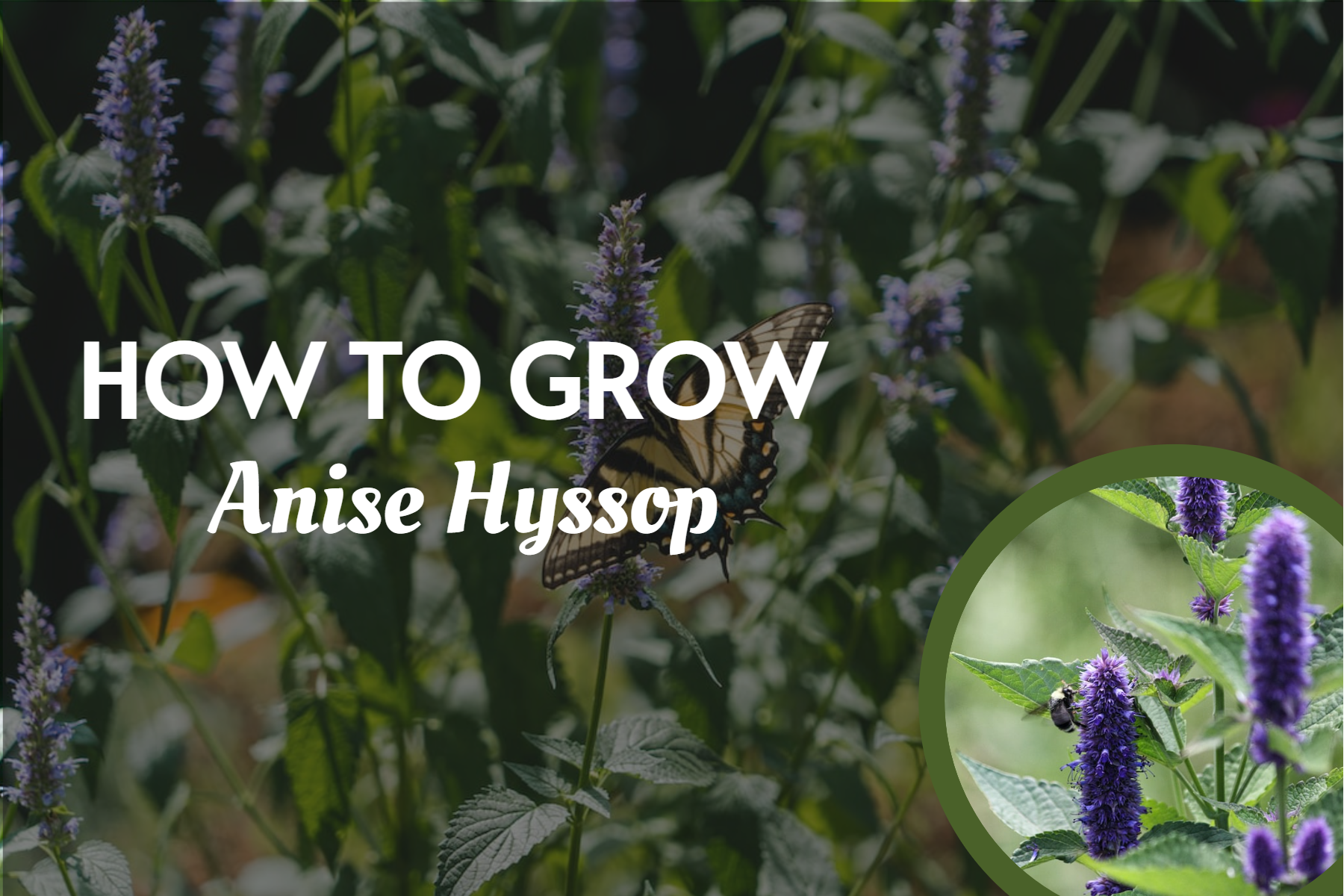Last Updated on April 15, 2024 by Real Men Sow
Anise hyssop is a wonderful addition to herbal teas or a great tea by itself. The tea has a subtle aniseed or liquorice flavour. It is sweet enough as it is, so there is no need to add any sweeteners. The tea can even be used to sweeten other foods. Anise hyssop herbal Tea was used in folklore medicine to treat fevers, colds, and coughs, as well as to stimulate sweating and strengthen the heart.
Growing Notes
Anise hyssop can grow up to 2 feet tall, producing fragrant purple spikes from spring through fall. Anise hyssop can tolerate a variety of soil types and thrives in clay-rich soils.
Propagating
If grown in the right conditions and given proper care, plants will propagate by rhizomes. Open-pollinated seeds can be easily started from seeds. Seeds need light to germinate, so make sure you press the seeds into the mixture. Cold, moist stratification helps improve germination rates. The average time for seeds to germinate is between 1 and 4 weeks. You can also save the seeds. To save the seeds, let the flowers dry on the plants and then bag the spikes. You can propagate sterile hybrids by division, or semi-ripe stem cuts taken in the summer.
Division
You can divide the plant every 3 to 5 years. This will prevent the plant’s centre from dying and help rejuvenate it. Divide the plant by digging up the clump, and then dividing it in half. The division should be replanted at the same depth and distance as the original planting. Both plants should be watered until they are re-established.
Maintaining
Start the Anise Hyssop indoors at least 4-6 weeks before the first frost of spring. Once plants reach 3-4 inches in height and have their first true leaves, transplant them outdoors.
General Care Guide
Light
Anise Hyssop likes full sunlight. Although it can grow in partial shade, Anise Hyssop will become lanky if there isn’t enough sunlight.
Soil
Anise Hyssop thrives in fertile, well-drained soil. Typically, a mixture of clay, loam chalk, clay, and chalk works well. Avoid soil that is too heavy. This can make it hard for roots to establish and could lead to root rot. Your soil should be as neutral as possible. Then lime can be used to amend it if it is too acidic.
Water
For the first four weeks, water newly planted Anise Hyssop every week, even if there has been no rain. Water gently and deeply to encourage deep roots that will spread. After the plants have been established, stop watering. They are drought-tolerant and easy to care for.
Fertilizer
Your Anise Hyssop should be fed every other year in spring with approximately a bucket of organic soil that has been sprayed around the base. Be sure to reach the roots, and leave about 2 inches between the compost and the plant’s main stem.
Pruning
Anise Hyssop can be left alone and will not require much attention once established in the landscape. A few occasional prunings can encourage blooming and keep your plant looking its best. Use a pair of pruning shears to prune the plant in the spring. To encourage bushy, fuller growth, cut back to one-third. Just above the promising bud node, remove any dead plant material.
Harvesting
Once the plant has begun to flower, you can collect the leaves. However, do not overharvest the bottom leaves. You can collect inflorescences or stems by using a snip. Simply cut above the spike’s second node.
How to Use Anise Hyssop
Anise Hyssop can be used in both the garden and the kitchen. The nectar of the flowers attracts butterflies and bees. The seeds that remain on the stalks at the end of the fall are eaten by birds. Both leaves and flowers have a strong liquorice smell and taste.
You can use aromatic leaves to make jellies and eat them as a garnish in salads, or in potpourri. You can also sprinkle seeds into cookie, muffin, and biscotti mixes. Dried leaves can be used to make a similar liquorice flavour. You can also add fresh flowers to bouquets. These blooming spikes can be hung upside down or dried on the plant for dried floral arrangements.


